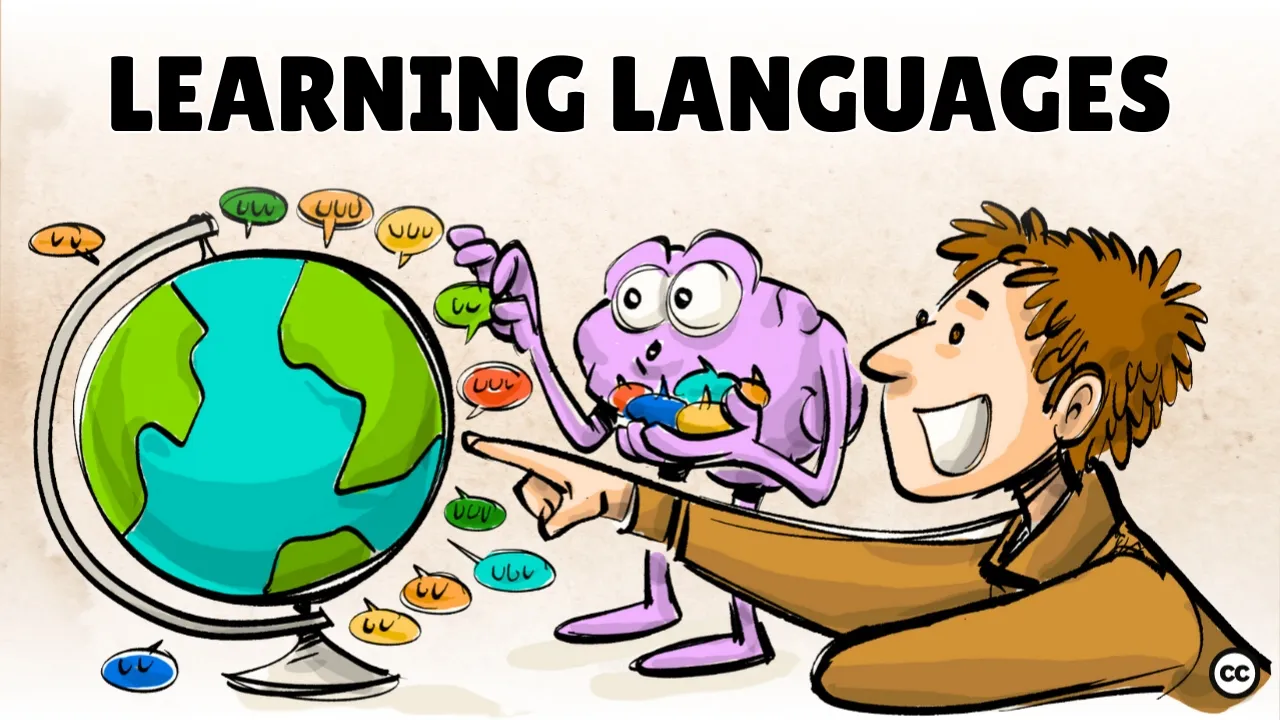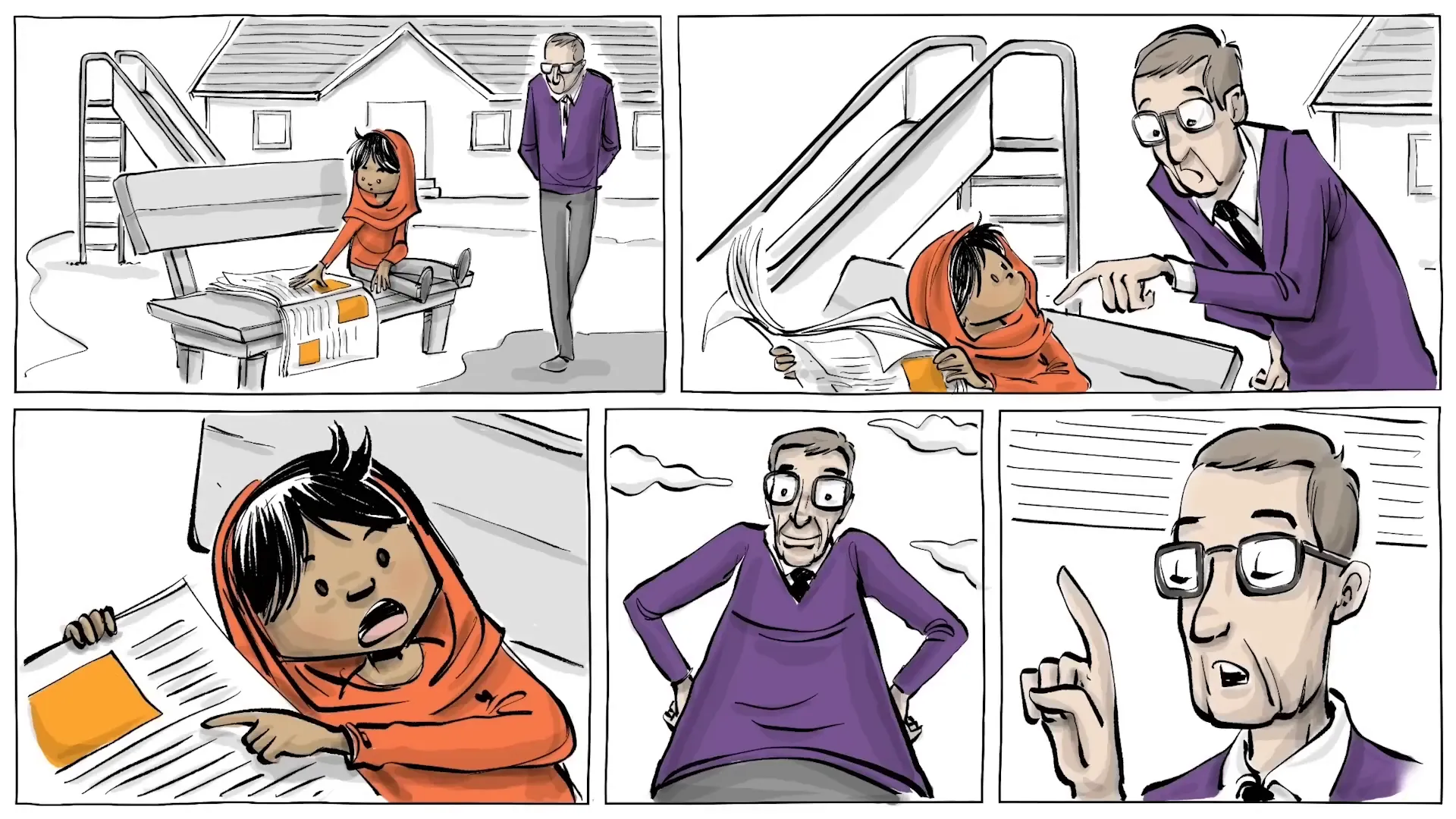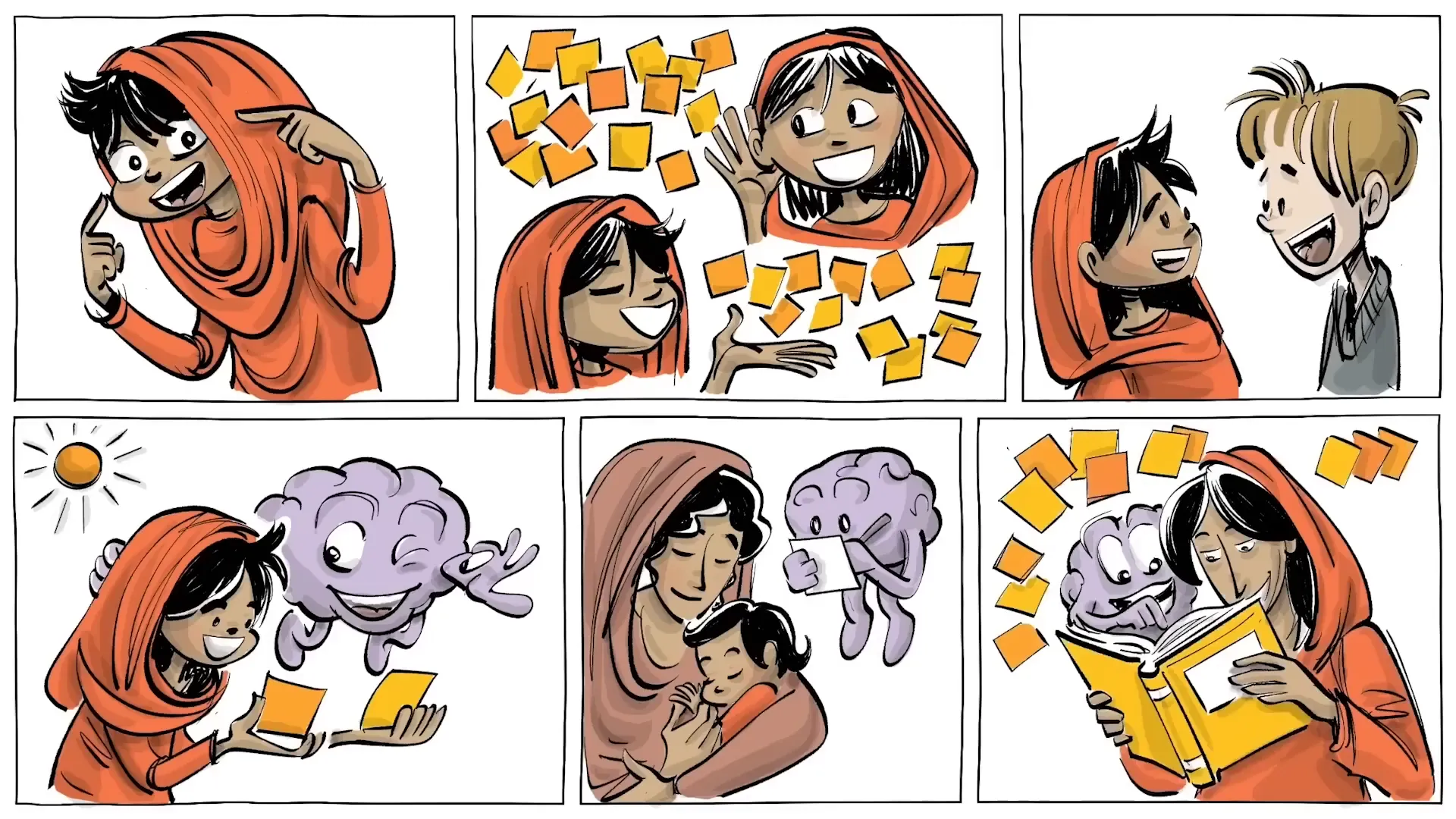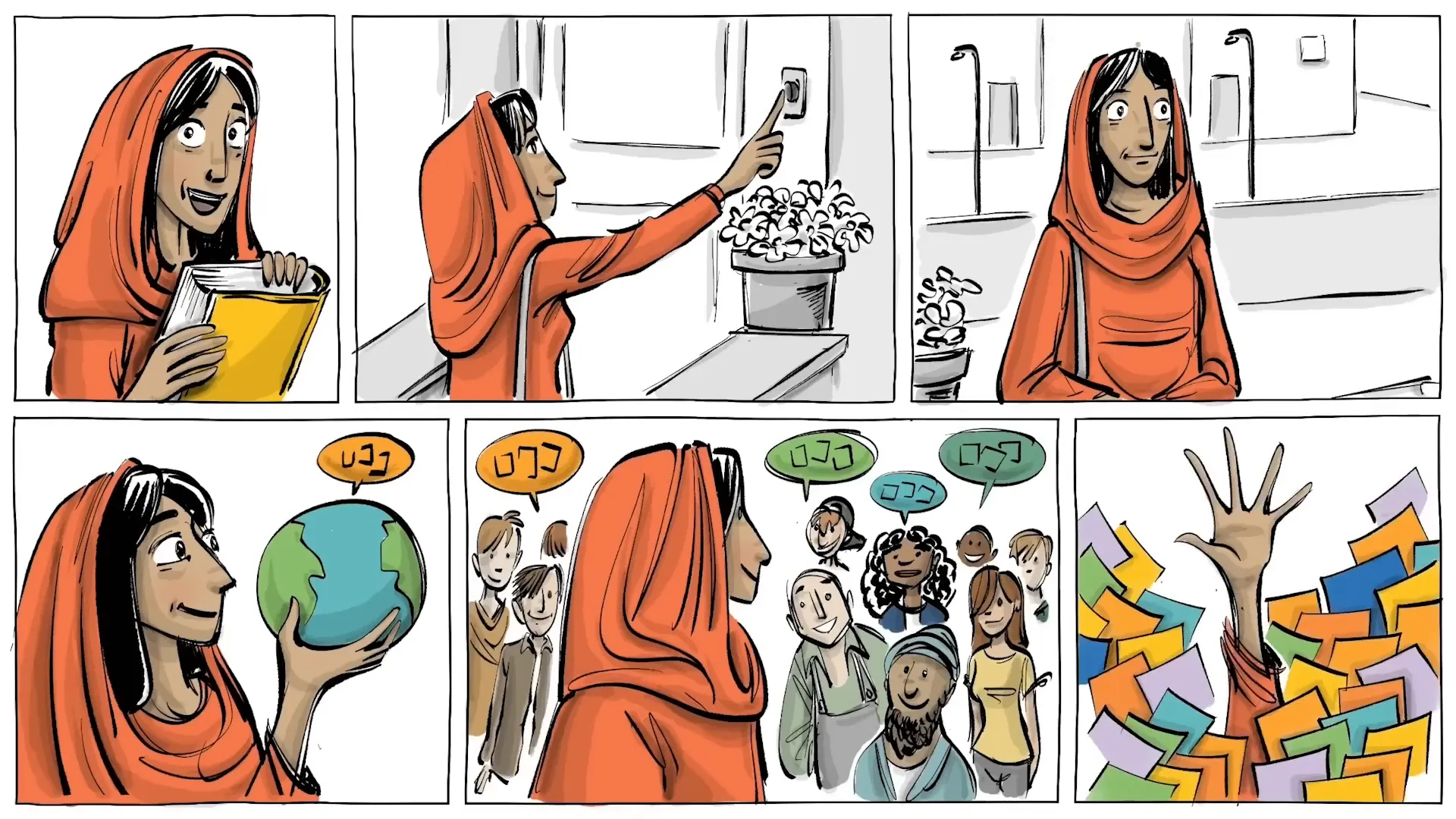Can You Learn All Languages or Will You Die Trying?

Understanding the multilingualism
Understanding the vastness of languages can be overwhelming. If we think about it, if our brain picks up just one new word per day, and considering there are around 1,000 languages, each with approximately 10,000 words, it would take an unfathomable 10 million years to learn enough to communicate with everyone in the world. This raises a critical question: how many languages and words do we really need to know to grasp the essence of human communication?
Story of Maya
The story of Maya, a curious girl, illustrates this journey beautifully. One day, while sitting in the schoolyard and reading yesterday's newspaper, she was approached by her teacher. He questioned her motives for reading the paper, prompting Maya to respond, "I’m trying to understand them world." The teacher, however, suggested she learn some English first. This comment initially upset Maya but soon became the spark for her motivation.

At just six years old, Maya had a solid grasp of about 5,000 words and could use around 2,500 in conversations. Her brain had been absorbing language since birth, and this journey would continue well into her adulthood. Determined to show her teacher that she could master English, Maya embarked on a twelve-year journey of casual conversation and deliberate practice, during which her vocabulary expanded significantly.
From frustration to fluency
As Maya progressed, she learned the more nuanced aspects of the English language, including sarcasm and irony. By the time she reached her eighteenth birthday, her receptive vocabulary had grown to an impressive 20,000 words, and she could express herself with about 10,000 words. This journey was not merely about learning a language; it was about understanding the world through its linguistic nuances.

On her 18th birthday, she decided to pay a visit to her retired teacher to demonstrate her newfound skills. When she arrived, she proudly declared that she had mastered the English language. However, her teacher simply smiled, said nothing, and disappeared into his house. When he returned, he carried the 20 volumes of the Oxford English Dictionary and challenged her to read them all, claiming that only then would she truly master the language.
Vocabulary challenge
Maya accepted this challenge eagerly. For the next two decades, she delved into the meanings and ideas behind the 170,000 words currently in use, alongside studying approximately 430,000 archaic terms. This extensive learning journey not only enriched her understanding of English but also opened her eyes to the complexities of languages worldwide.

Linguistic revelation
During her studies, Maya discovered the top five spoken languages globally: English, spoken by about 1.5 billion people; Mandarin, with 1.3 billion speakers; Spanish, 500 million; Arabic, 400 million; and French, 300 million. She learned that while many languages face extinction, approximately 6,500 languages still exist today, with around 20,000 dialects in India alone.
Linguistic exploration
Furthermore, Maya came across Esperanto, a constructed international language spoken by around a million people. Her exploration didn’t stop there; she learned about the various gestures and facial expressions that convey preferences and feelings, alongside discovering an astounding 300 distinct types of sign languages and hundreds of programming, pictographic, and symbolic languages.

Beyond words discovery
After gathering all this knowledge, Maya returned to see her teacher—not to boast about her proficiency but to express her gratitude. She wanted to convey that understanding the world and everyone in it requires more than just knowing English. It involves comprehending thousands of languages and millions of words, which is ultimately an impossible task.
Linguistic complexity
To her surprise, when the door opened, it was not her former teacher who greeted her but a young four-year-old child. With a bright smile, the child asked, “Welcome! How can help you?” In that moment, despite her extensive knowledge, Maya found herself at a loss for words.

What do you think?
Reflecting on Maya's journey, what do you know about languages? Have you mastered one or perhaps two? Which languages do you connect with? The story of Maya highlights the complexity and beauty of languages, reminding us that while we may strive to learn and understand many, the essence of communication goes beyond mere words.
Conclusion
Maya's experience serves as a powerful reminder that language learning is a lifelong journey. It is not just about mastering vocabulary and grammar; it’s about connecting with others and understanding diverse cultures. As we embrace this journey, we open ourselves to a world of possibilities, where every new word learned is a step closer to understanding the richness of human experience.



